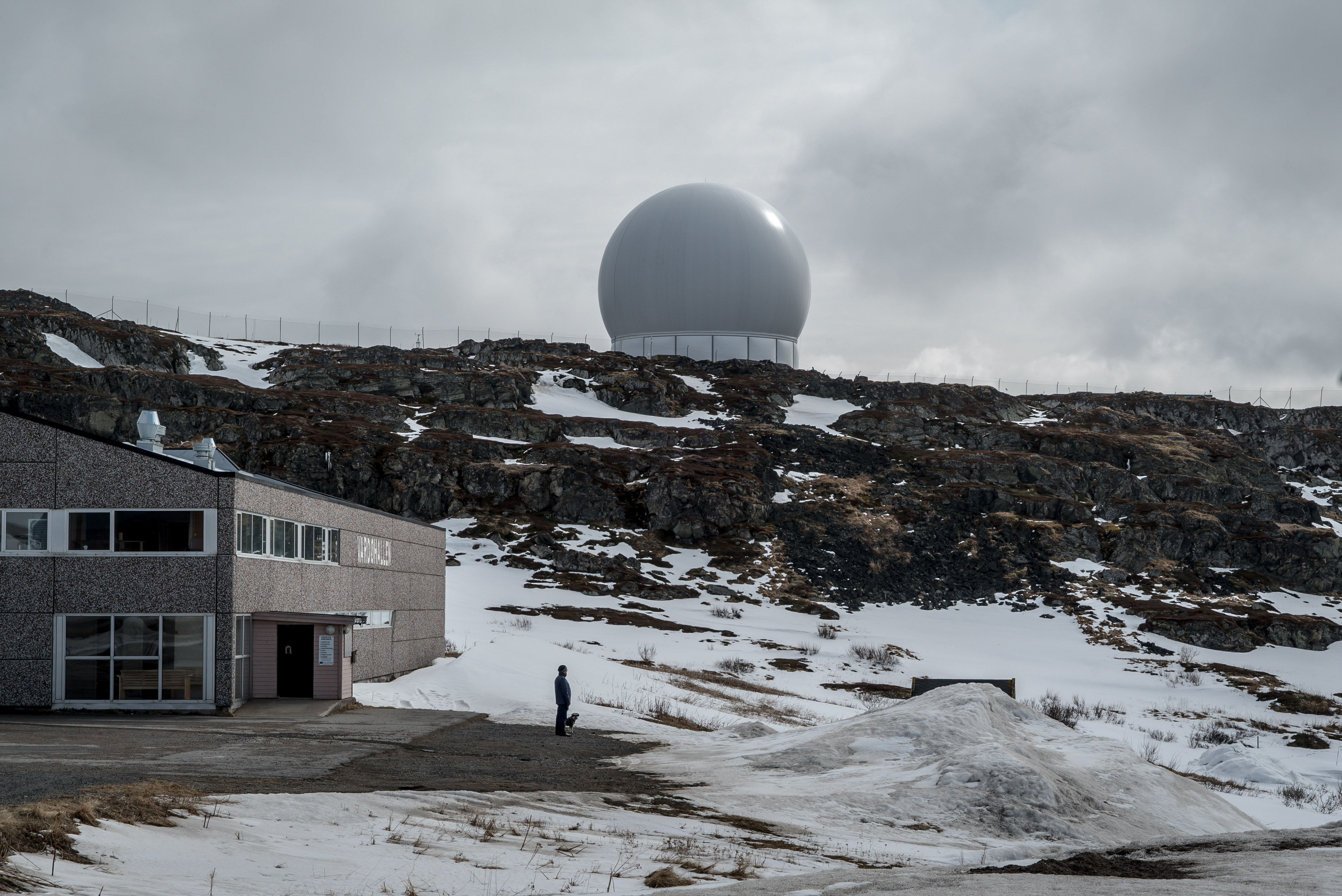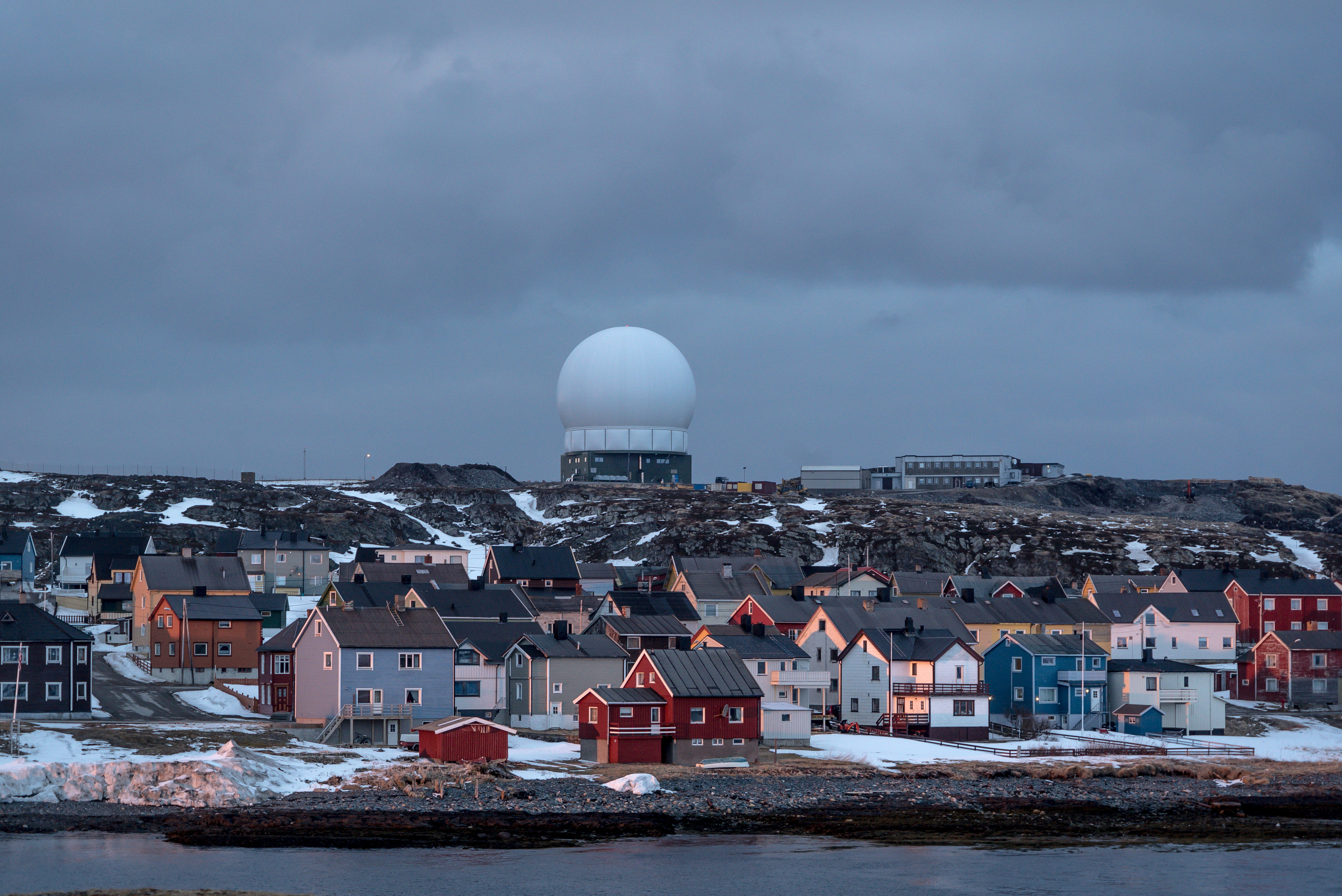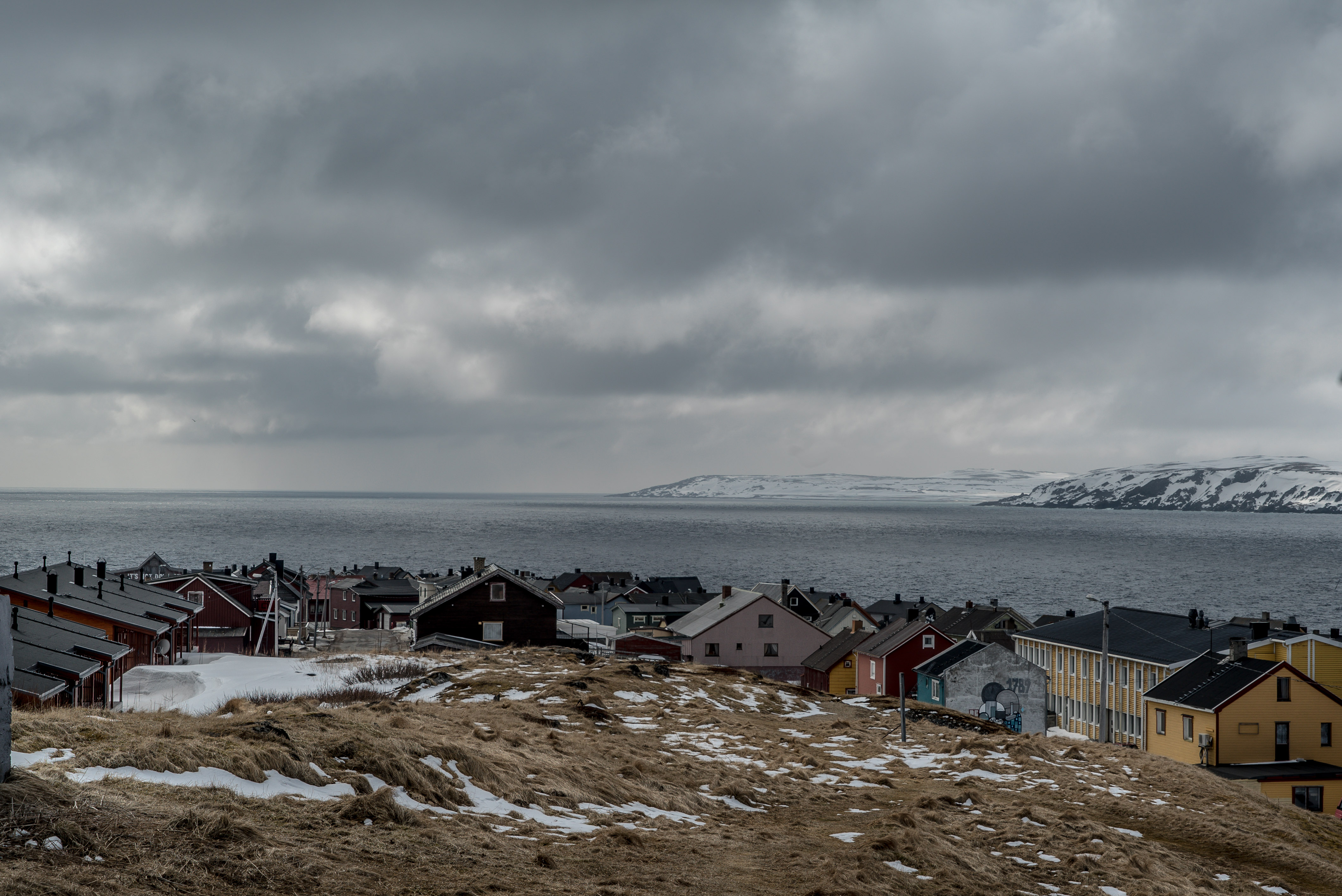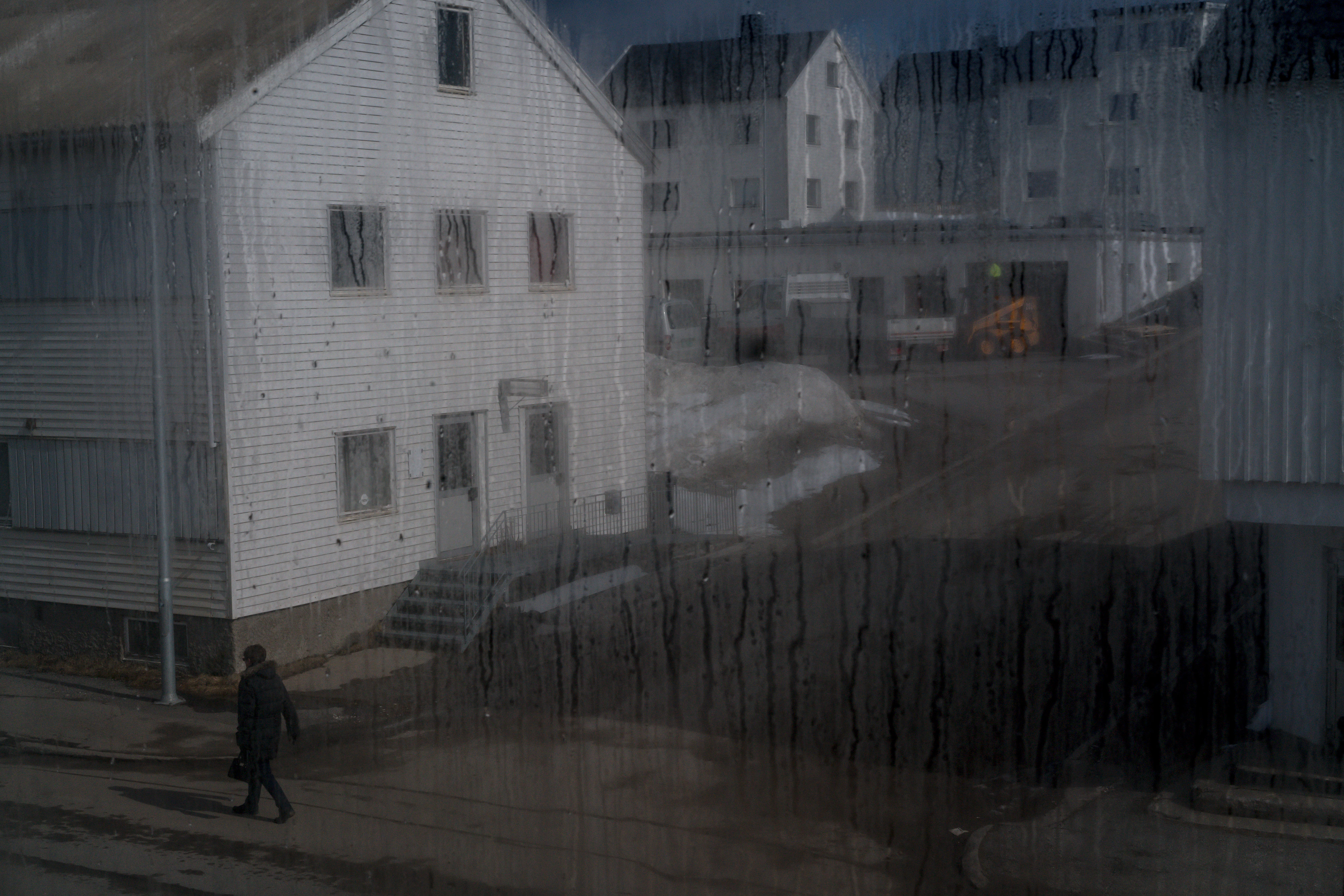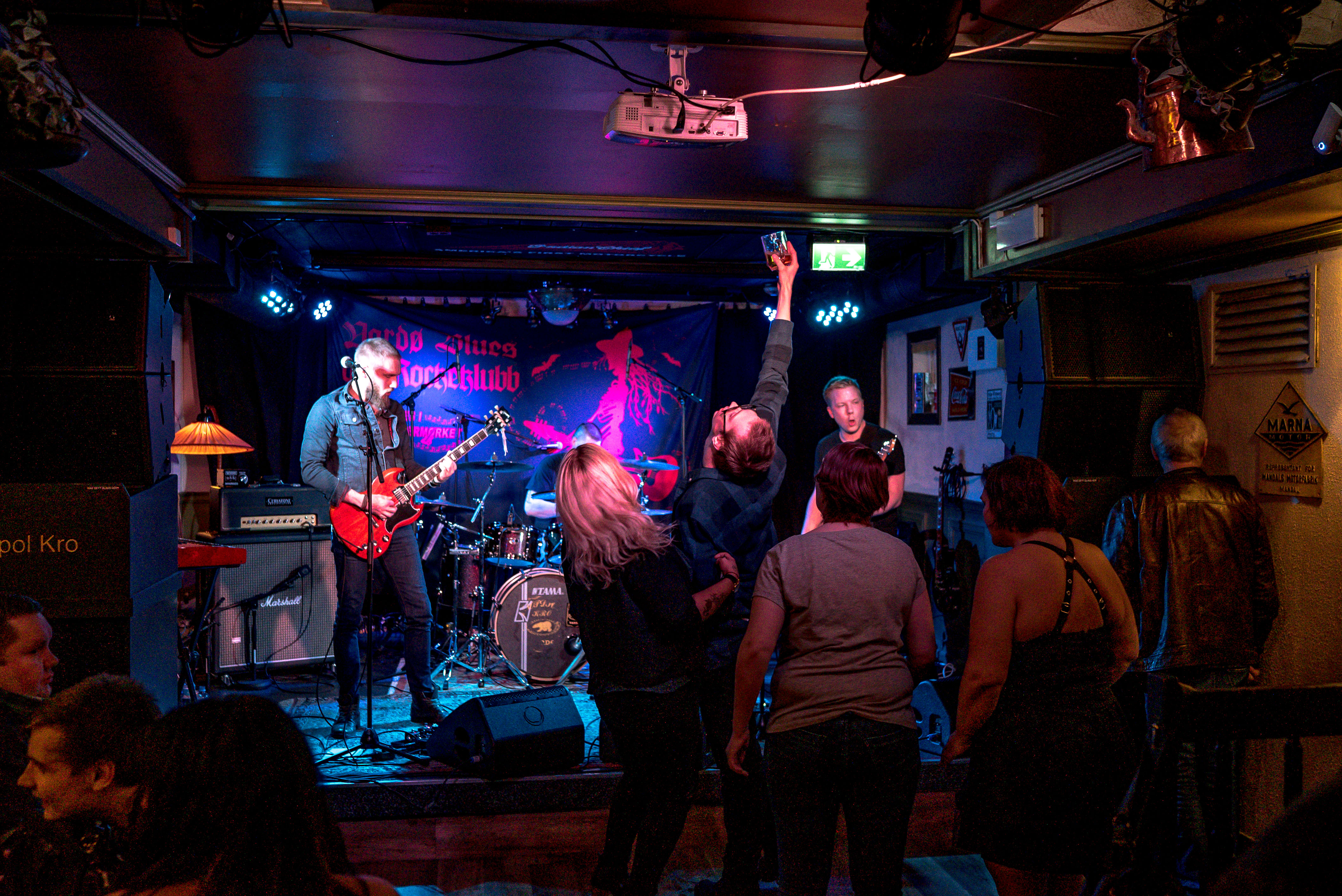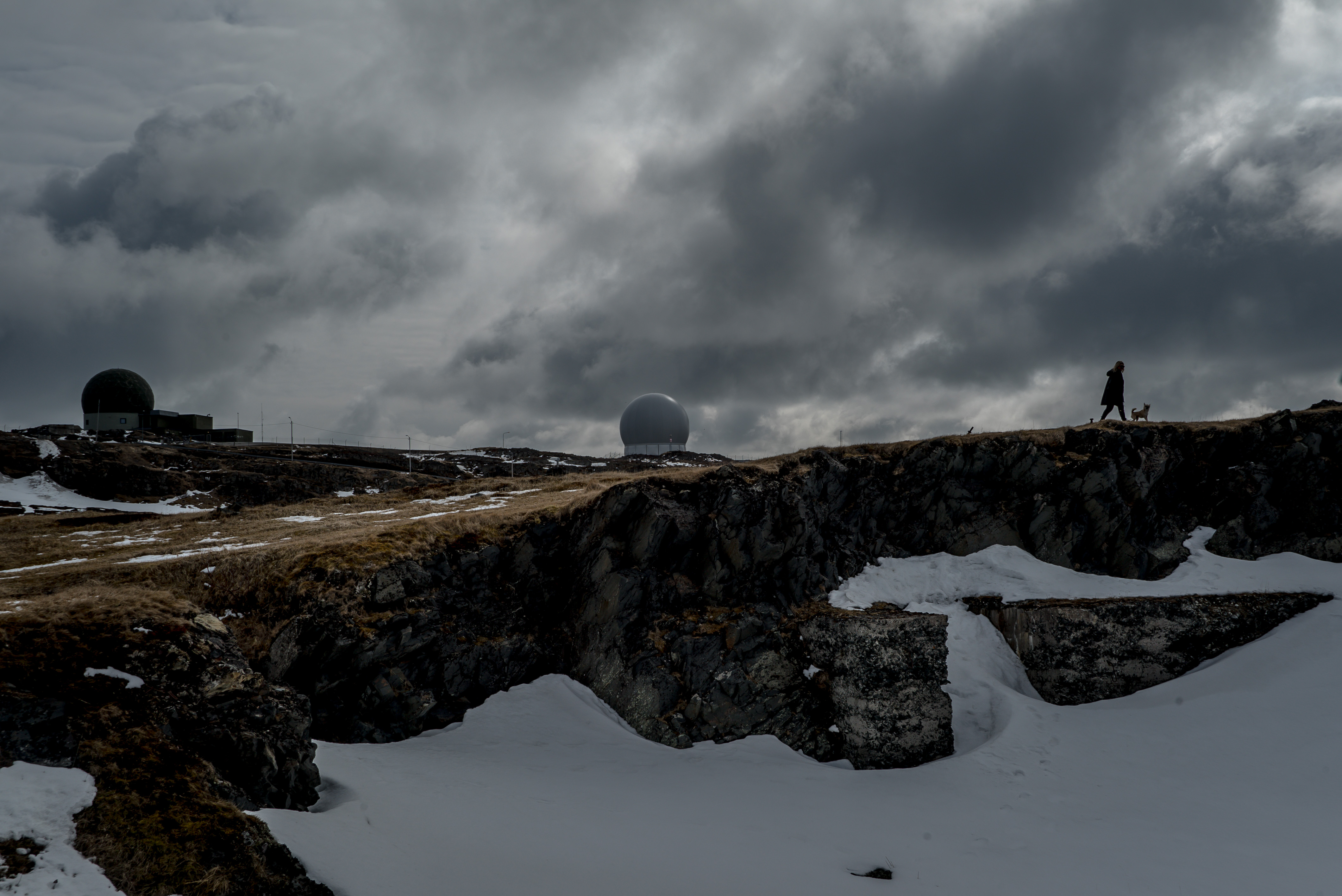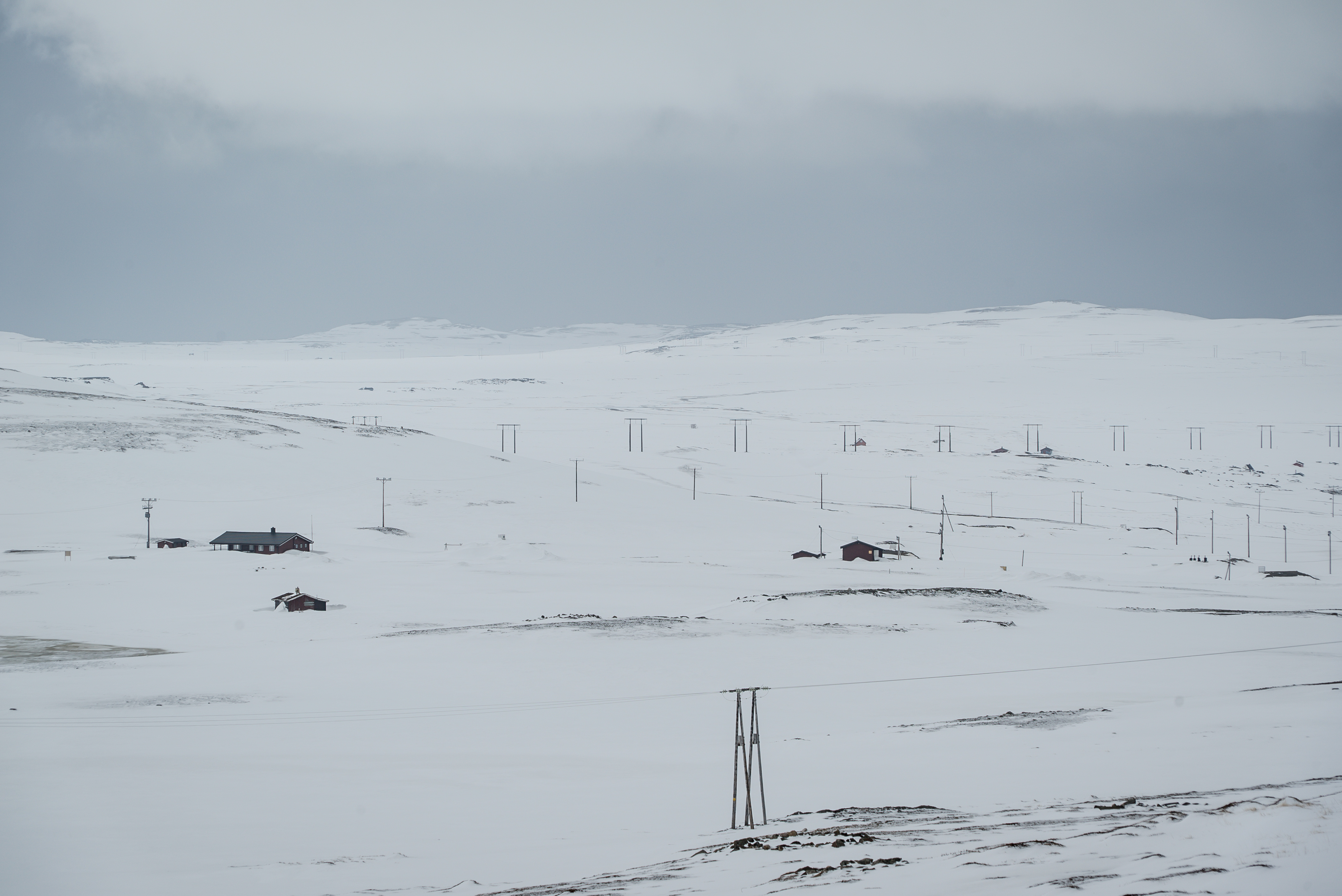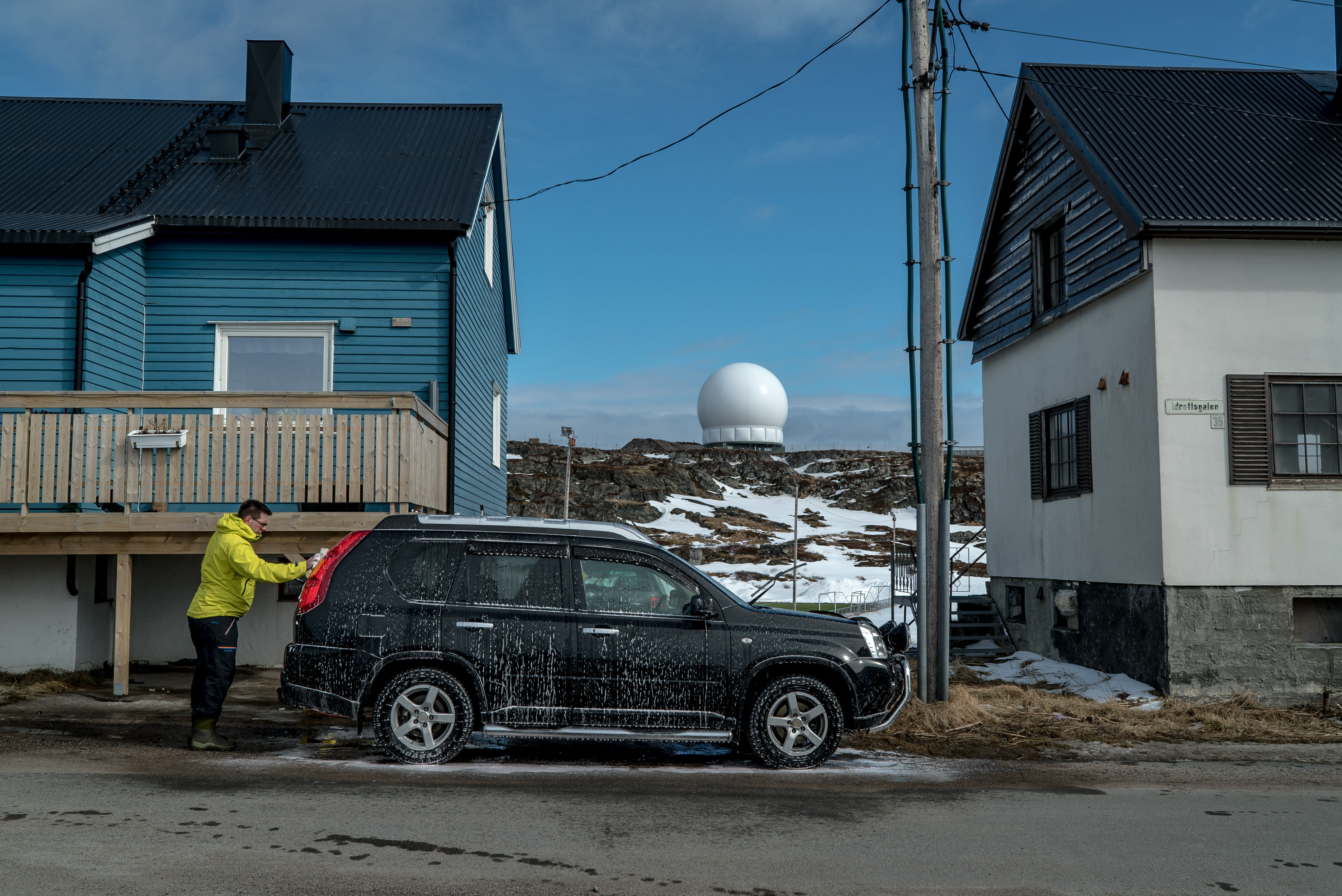On a tiny Norwegian island, America keeps an eye on Russia
VARDO, Norway — The population of the Arctic island of Vardo has shrunk to half of what it was 20 years ago, and the fishing industry that sustained its residents for generations has mostly collapsed.
But the local power company, citing a mysterious surge in electricity demand, began work last month to increase energy supplies, laying a thick new cable in a tunnel under the icy waters that separate the island from the Norwegian mainland.
The new electricity cable, along with the recent appearance of earth-moving equipment atop a rocky plateau overlooking Russia across the sea, points to one business that is flourishing in this part of the Arctic: snooping on Russia’s expanding fleet of nuclear submarines armed with ballistic missiles in the Barents Sea.
The extra electricity is needed to power a U.S.-funded radar system under construction on an island in sight of the Kola Peninsula, a frigid Russian territory studded with high-security naval bases and restricted military zones.
President Vladimir Putin of Russia has made strengthening his country’s military and economic role in the Arctic a priority. He has vowed to make Russia the dominant player in the high north as climate change opens up new shipping routes from Asia to Europe, new gas and oil prospects and a new arena for great power rivalry.
[Putin’s Russia in biggest Arctic military push since Soviet fall]
The bedrock of Russia’s Arctic ambitions, said Katarzyna Zysk, an associate professor at the Norwegian Institute of Defense Studies, is the role of the region in Russia’s nuclear deterrence and naval strategies. At the center of these is the Borei submarine, a new generation of strategic weaponry that can carry at least 12 ballistic missiles, each armed with multiple nuclear warheads.
The first of at least eight Borei class submarines that Russia plans to build, the Yuriy Dolgorukiy, is now part of Russia’s Northern Fleet. Russia operates more than 200 submarines, including six Delta IVs armed with multiple ballistic missiles, from a string of bases on the Kola Peninsula, which is just 40 miles across the churning sea from Vardo.
“This place is very, very important for America and for the Western world so that they can keep an eye on what the Russians are doing,” said Lasse Haughom, a former mayor of Vardo and a veteran of Norway’s military intelligence service.
“Russia wants to look into our secrets, and the United States and Norway want to look into their business,” Haughom added. “That is the way the game is played.”
The game began in Vardo in the early stages of the Cold War with the construction of a primitive early warning radar. But instead of calming with the end of the Soviet Union more than a quarter-century ago, this perilous contest has now entered a new and, for Russia, alarming stage with the start of work in Vardo on a sophisticated new radar system known as Globus 3.
The joint American-Norwegian radar project, which will cost hundreds of millions of dollars and consume substantial amounts of electricity, has infuriated Moscow, which sees it as part of a Pentagon drive to encircle and contain Putin’s resurgent Russia. The Russian ambassador in Oslo, Norway’s capital, recently warned Norway that it should “not be naive” about Russia’s readiness to respond.
“Norway has to understand that after becoming an outpost of NATO, it will have to face head-on Russia and Russian military might,” the ambassador, Teimuraz Ramishvili, told Norway’s state broadcaster, NRK. “Therefore, there will be no peaceful Arctic anymore.”
The new radar system at Vardo will merely upgrade an earlier American-built radar system and continue its mission, Morten Haga Lunde, the chief of Norway’s military intelligence agency, said in a cryptic statement last year. That mission, he added, is to track space debris like defunct satellites and to “monitor our national area of interest in the North.”
But Russia’s generals and many Norwegians have dismissed the space-trash story. They say they believe that the new Globus 3 radar is part of the Pentagon’s efforts to develop a global missile-defense system, making it a prime target for attack in the event of a conflict.
“Russia views Vardo as a high-value target,” said Lt. Col. Tormod Heier, faculty adviser at the Norwegian Defense University College in Oslo. “In a crisis it will be one of the first places to be blown up.”
What most alarms Russia, he added, is that a role for Vardo in missile defense would severely undermine Moscow’s last indisputable claim to great power status — its nuclear arsenal and the ability to launch a retaliatory second strike from its submarine fleet in the Arctic.
Putin has put missile defense at the top of a long list of grievances against the United States, telling reporters in St. Petersburg on June 1 that the U.S. program “destroys the strategic balance in the world.”
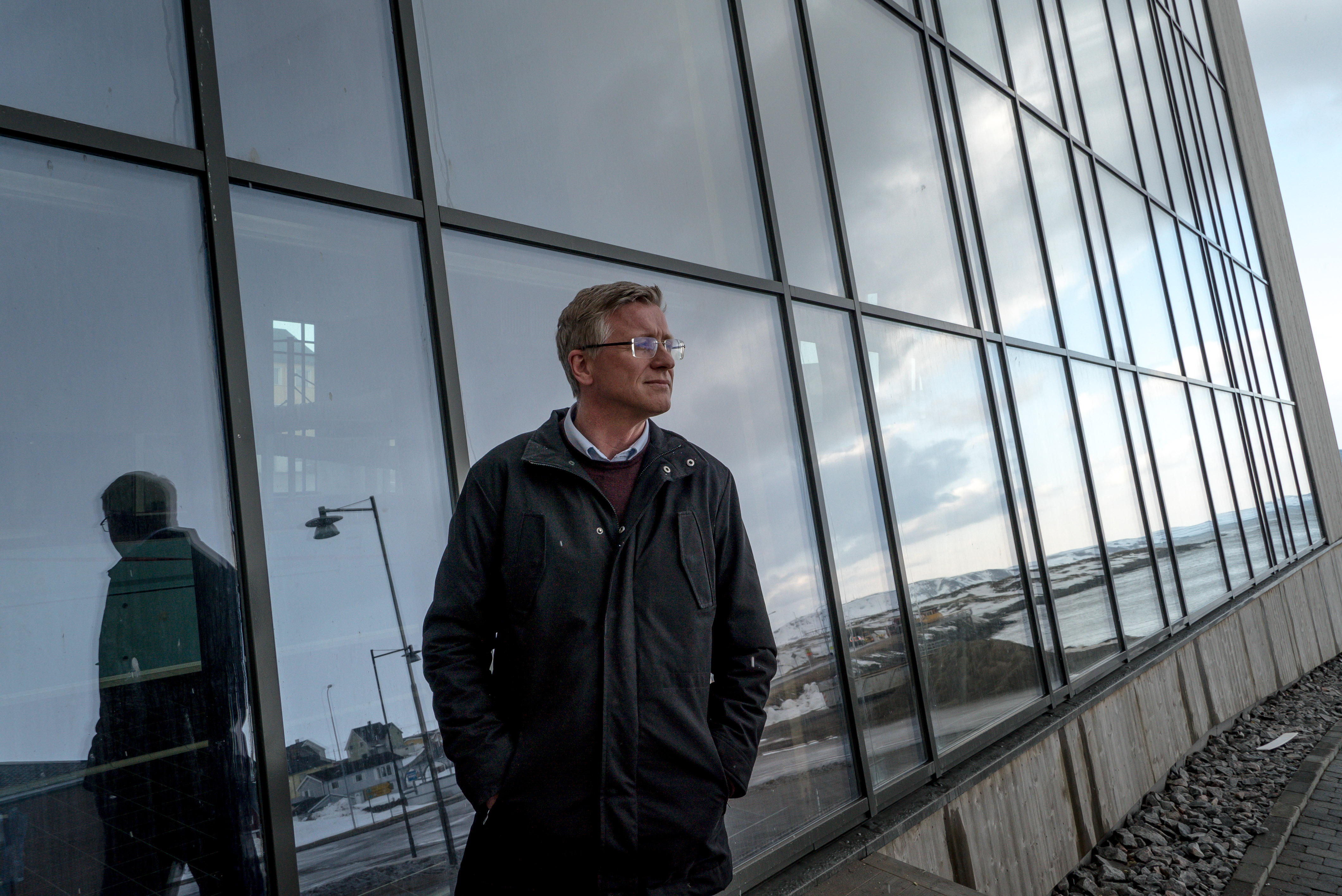
Vardo’s mayor, Robert Jensen, said he saw no reason for alarm and supported the new radar project because of the jobs it would generate. “I never thought that Russia will start World War III here,” he said.
Residents, he added, are far more bothered by the closing of fish processing factories than by the arrival of yet another American radar.
Dan Tore Jorgensen, a reporter with Vardo’s local newspaper, Osthavet, said that was true up to a point. But he said open discussion had been hindered by a “vow of silence” about what was really going on up on the plateau, which is sealed off by security fences and dotted with “keep out” signs declaring in English, Norwegian and Russian that the area is a forbidden military zone.
Though the current radar system is operated by Norwegians, he said that Vardo’s main hotel is often filled with American technicians and spies masquerading as bird watchers.
Aksel Robertsen, a 34-year-old fisherman, said Vardo badly needed jobs to keep the population of about 2,100 from further shrinking and was grateful to the military intelligence operation for providing work.
But walking through the crumbling, waterlogged ruins of the fish processing plant where he worked as a young man, Robertsen cursed the authorities for treating Vardo “like the Belgian Congo,” a dependent territory that provides labor but has no real say in, or even knowledge of, its fate. “We want to live off fishing, not secret radars,” he said.
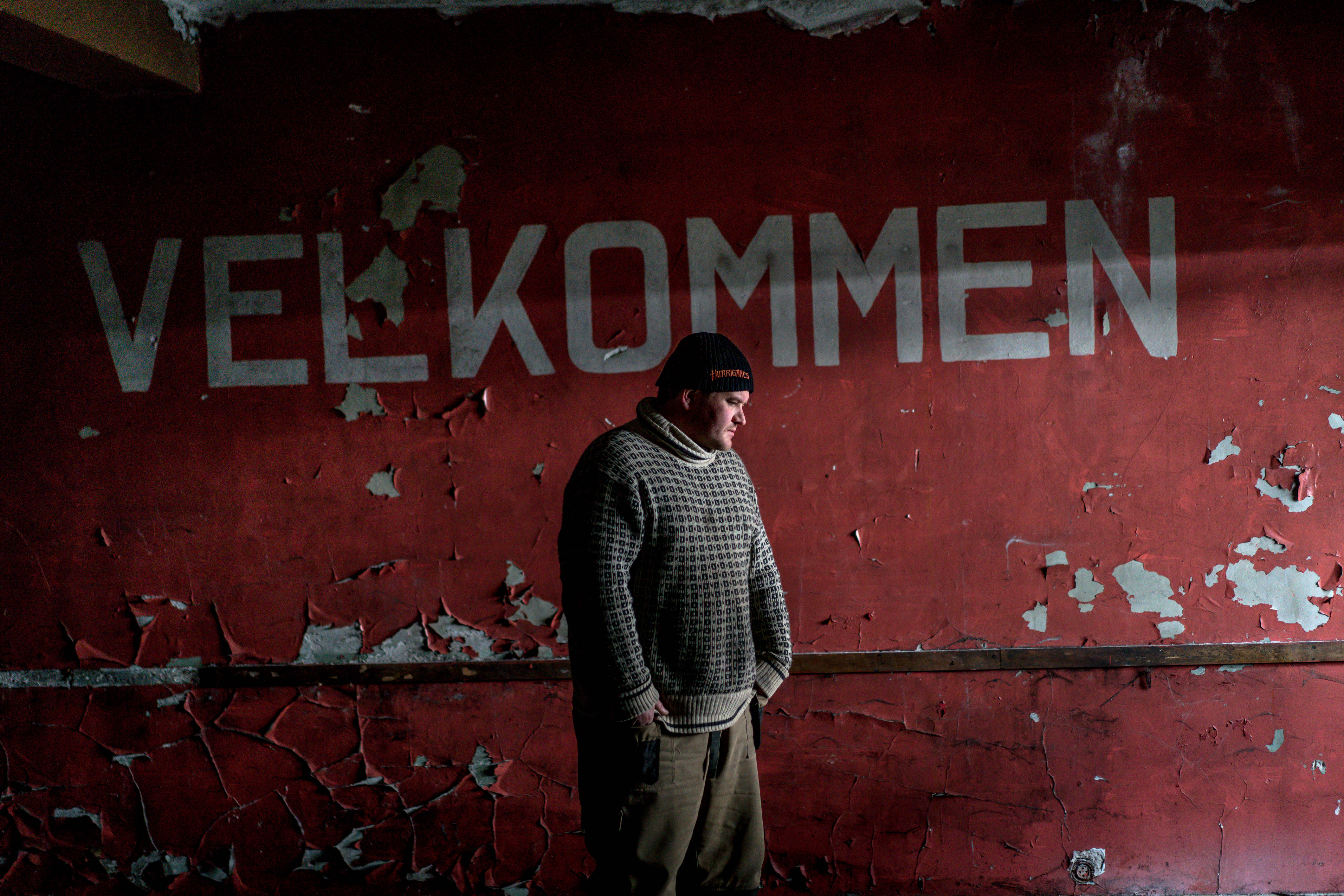
The secrecy surrounding the radar systems has spawned fears that officials are covering up health hazards and other possible dangers.
The electromagnetic pulses emitted by the current radar system interfere with television and radio reception and have been blamed by some residents for a rash of miscarriages and cancer cases in a civilian district next to the fenced-in security zone.
Haughom, 72, the former mayor and intelligence veteran, dismissed the health worries. “I worked on the site for nearly 30 years, even inside the domes when the transmitter was on and, well, I’m still alive,” he said.
May-Sissel Dorme, one of three women on a single street near the radar system who suffered miscarriages in 2000, said she was not sure whether radar radiation played a role but was certain about one thing: “If war breaks out we will be the first place the Russians bomb,” she said.
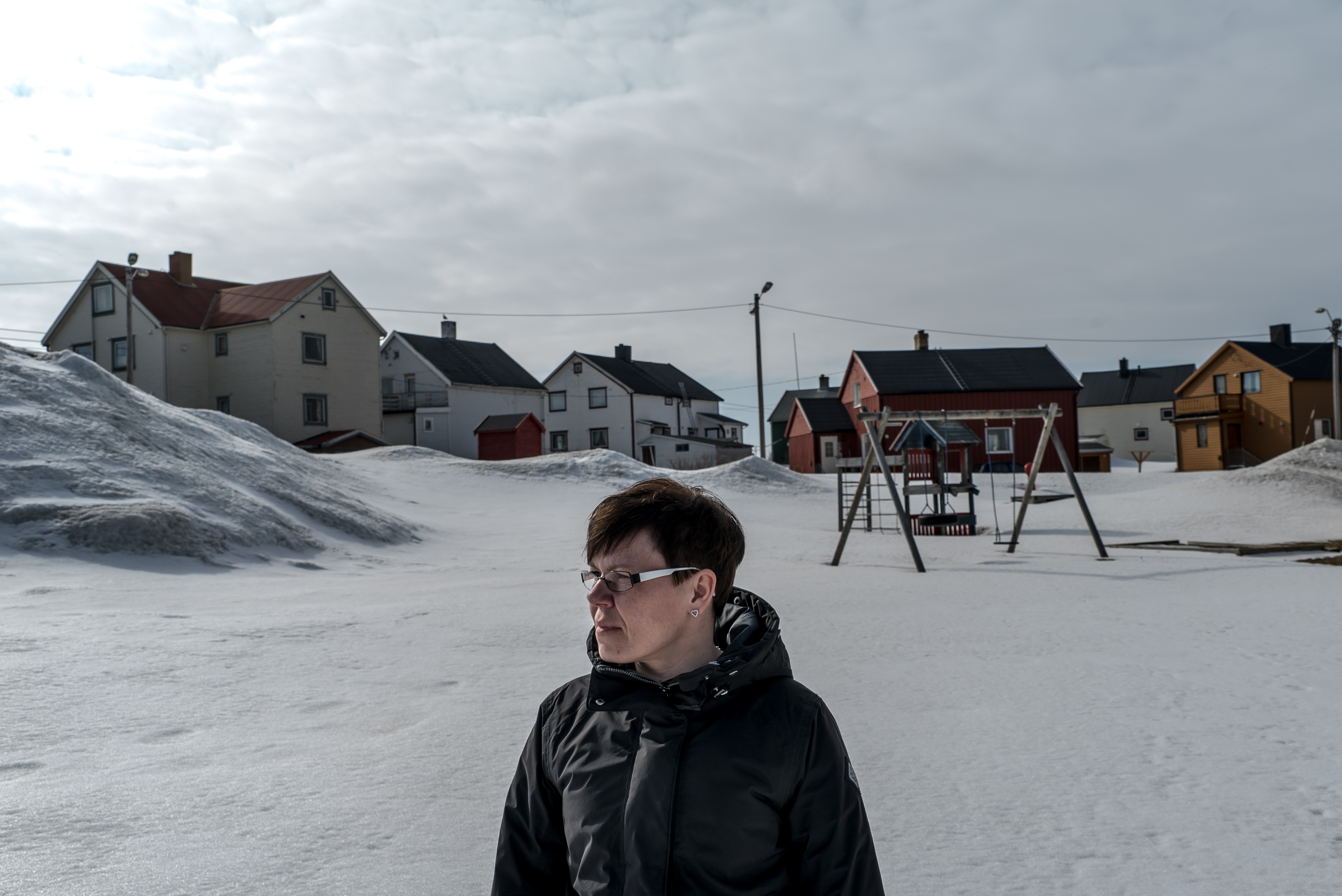
The United States insists that its plans for missile defense aim only to counter the missiles of “rogue” states like Iran and North Korea.
All the same, Russia, which is far weaker than the United States in conventional military forces, views U.S. efforts to develop a missile shield as a direct threat to the one area in which it can still compete — nuclear deterrence.
“There is a new Cold War but it is more threatening than the old one because Russia is so much weaker, and because of that much more dangerous and unpredictable,” Colonel Heier said in an interview in Oslo. “The risk of nuclear war is much higher now than in the old Cold War when the Soviet Union had a whole range of different weapons.”
Theodore Postol, a radar expert at the Massachusetts Institute of Technology, said putting a high-powered radar like Globus 3 in Vardo “makes no sense if the main goal is tracking space junk.” He said that a far more likely role was monitoring Russian missiles.
[Norwegian intelligence report: Arctic important to Russia, but not a top priority]
Postol said he doubted a missile-defense system would ever really work, but added that Russia had good reason to be anxious, despite Pentagon assurances that the United States was not trying to weaken Moscow’s nuclear deterrent.
“If you have a neighbor walking up and down the fence line with a shotgun, he can tell you it’s not loaded but it raises all kinds of questions about his intentions,” Postol said. “It creates the appearance that the United States is doing everything it can to gain intelligence about new Russian missiles and figure out all the measures it can to counter them.”
But Zysk of the Norwegian Institute of Defense Studies said that “compared to the scope, and pace, of the Russian military buildup in the Arctic, the strengthening of the Norwegian intelligence gathering capability is a rather modest move.”
Suspicions that the radar systems in Vardo have little to do with monitoring space junk have been heightened by a series of statements over the years by American officials that seemed to contradict the official line.
In an account posted — and then deleted — from its website, Raytheon, the manufacturer of the previous Globus 2 radar system in Vardo, said it “was originally designed to collect intelligence data against ballistic missiles.”
Bard Wormdal, a journalist with Norway’s national broadcaster who lives near Vardo, has written a book, “The Satellite War,” charting gaps in the official story. In an interview, Wormdal said he understood that “intelligence is difficult to discuss in public” but worried that the extreme secrecy and obfuscation surrounding the radar systems were creating a “separate state within the state.”
